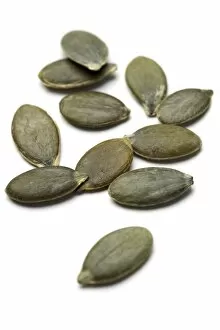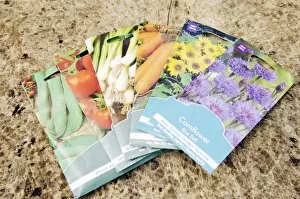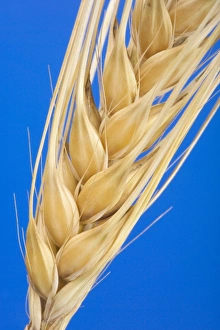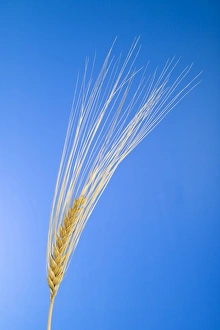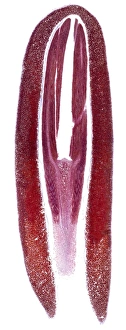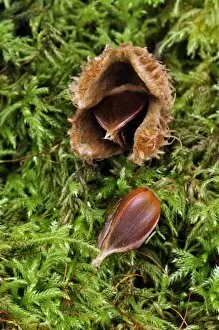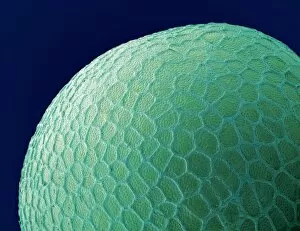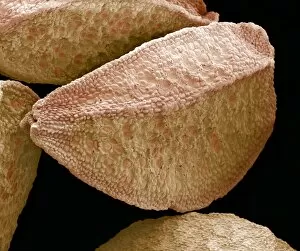S Eed Collection (page 11)
"Seeds: A Journey of Life, Hope, and Possibilities" The mesmerizing flight path of a maple seed, gracefully gliding through the air
All Professionally Made to Order for Quick Shipping
"Seeds: A Journey of Life, Hope, and Possibilities" The mesmerizing flight path of a maple seed, gracefully gliding through the air. Like seeds scattered on fertile ground, the Parable of the Sower teaches us about resilience and growth. A vibrant street scene in Crickhowell, Powys, Mid Wales - shops bustling with life and possibilities. Split open an avocado half to reveal nature's perfect seed waiting to sprout new beginnings. Coffee beans - tiny seeds that bring warmth and energy into our lives with every sip. The delicate dance of a dandelion clock carried by the wind; a moment for prayer and reflection. Drawing inspiration from the Parable of the Sower: nurturing seeds within ourselves leads to bountiful harvests in life. Exploring endless possibilities with S Dixon & Co seed catalogue; dreams taking root one page at a time. Cannabis seed starter kits at Bloemenmarkt in Amsterdam; where innovation meets tradition in Europe's flower market hub. Witnessing a tractor equipped with a seed drill diligently planting rape seeds during autumn in Tarn, France - cultivating hope for future yields. Rene Lacoste playing his heart out at Wimbledon – just like a small seed growing into greatness on hallowed grounds. A Galah bird perched amidst acacia trees in Australia’s Outback – savoring each nourishing bite from nature’s abundant seedpods. In this vast world filled with diverse landscapes and cultures, seeds serve as powerful symbols of potentiality and growth across continents—whether it be witnessing nature's wonders or exploring human endeavors rooted deep within our souls.

